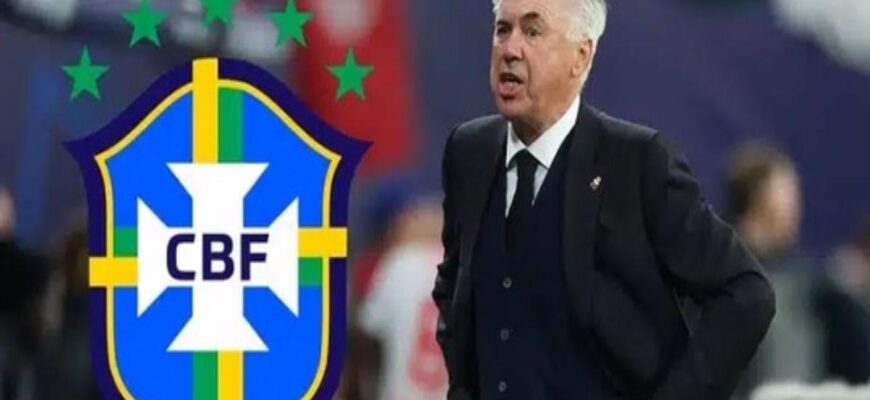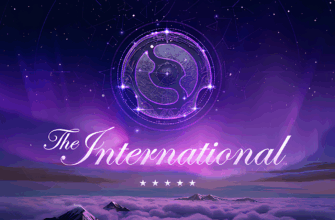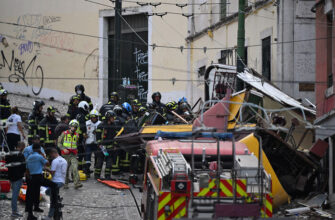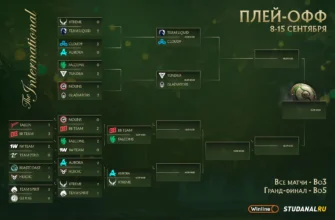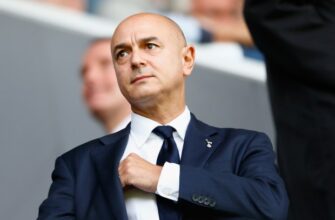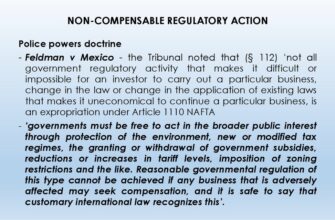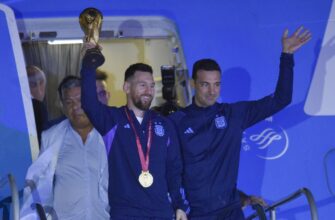With a new maestro at the helm, Brazil embarks on a complex journey: balancing unparalleled legacy with tactical innovation, all while integrating fresh talent and navigating the delicate politics of selection. The destination? The 2026 World Cup.
A New Dawn for the Seleção: Ancelotti`s Grand Ambition
The iconic yellow and green jersey of the Brazil national team carries the weight of five World Cup titles, a legacy that is both a source of immense pride and relentless pressure. As the Seleção looks towards the 2026 World Cup in North America, a new chapter has begun, spearheaded by none other than the legendary tactician, Carlo Ancelotti. With qualification already secured, Brazil’s immediate focus shifts from securing a spot to meticulously crafting a squad capable of reclaiming global supremacy – an aspiration that has eluded them for 24 long years.
Ancelotti, renowned for his calm demeanor and trophy-laden career at European giants like Real Madrid, has stepped into a role that demands not just tactical brilliance but also a profound understanding of Brazilian football`s unique soul. His declaration at his introductory press conference set a high bar: `My Brazil will play like Real Madrid, but not like Real Madrid this year, rather like Real Madrid last year. That`s what I want.` A bold statement, indeed, implying a desire for the fluid, dominant, and victorious football witnessed during his recent successes. The challenge, however, is immense: translating a club philosophy into the national team setup, where time with players is a precious commodity.
Early Sketches and Tactical Imperatives
Ancelotti`s tenure is still in its nascent stages, with only a handful of matches under his belt. The initial outings – a goalless draw against Ecuador and a narrow 1-0 victory over Paraguay – have served as a gentle reminder that even for a coach of Ancelotti`s caliber, transforming a national team into a finely tuned machine takes time. These results, while not disastrous, underscored a clear area for immediate attention: the attack. For a nation synonymous with Joga Bonito, the beautiful game, a lack of consistent goal-scoring opportunities can quickly raise eyebrows.
Upcoming fixtures, such as the one against CONMEBOL bottom-dwellers Chile, are more than just another game; they are vital laboratories. These matches offer invaluable opportunities for Ancelotti to experiment with formations, test player combinations, and refine his tactical blueprint. It`s a pragmatic approach, where every pass, every defensive block, and every offensive movement is scrutinized as part of a larger design aimed at peaking in 2026. The pressure isn`t on qualification, but on performance, cohesion, and the elusive `Ancelotti magic` beginning to show its effects.
Navigating the Roster: Controversy and New Faces
Building a World Cup-winning squad is never without its complexities, and Ancelotti`s early selections have already ignited debate. The most prominent talking point revolves around the persistent absence of Neymar, the 33-year-old superstar whose status in the squad appears increasingly ambiguous. Officially, his omissions have been attributed to `minor injuries.` However, Neymar himself offered a rather different narrative after playing a full 90 minutes for Santos, suggesting a `technical decision` by the coach.
This subtle diplomatic dance highlights the intricate balance Ancelotti must maintain. On one hand, he needs to assert his authority and vision; on the other, managing the expectations and egos of a footballing nation`s brightest stars is paramount. The situation begs a hint of irony: in a sport where injuries are commonplace, a `minor discomfort` can become a national talking point when it concerns a player of Neymar’s stature. Furthermore, the reported resting of Vinicius Junior and the uncertain club status of Rodrygo further underscore Ancelotti’s mandate to look beyond established names and build a deeper, more resilient squad.
This period provides a golden opportunity for those on the fringes of the national team. Players like Tottenham Hotspur’s forward Richarlison, who has started the club season strong with two goals in three Premier League games after an injury-plagued prior season, are eager to prove their worth. Similarly, the Chelsea duo of Joao Pedro and the prodigious 18-year-old Estevao Willian are making their mark. Joao Pedro, with five goals in six games since joining the Blues midway through their Club World Cup run, and Estevao, who has surprisingly impressed early in his English career, represent the exciting blend of emerging talent Ancelotti is keen to integrate. These are the players who could define Brazil’s future, seizing their chance to impress a coach known for giving opportunities to those who earn them.
The Road Ahead: Legacy, Expectation, and Evolution
The journey to the 2026 World Cup is a marathon, not a sprint. For Carlo Ancelotti and the Brazil national team, it’s a multifaceted endeavor that involves more than just winning matches. It`s about establishing a new identity, refining a tactical system, integrating fresh blood with seasoned veterans, and managing the immense expectations that come with representing the most successful footballing nation on the planet. The early tests, the player selection dilemmas, and the subtle controversies are all part of a grander narrative – one where a legendary coach seeks to etch his name into Brazilian football lore, and a nation yearns for the return of its golden era. The stage is set, the expectations are monumental, and the world watches to see if Ancelotti can orchestrate another symphony of success.

